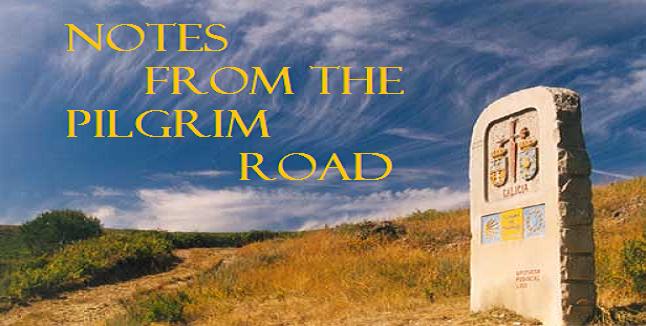We traveled there on the Vigil of the Feast of Ignatius, July 31st! The cave is awesome and we had a profound experience there.

The mountains of Montserrat as they appear from Manresa
 The church built over the cave: Sancta Cova
The church built over the cave: Sancta Cova
The entrance to the cave
 Isabel and I are standing at the entrance to the cave. Behind us is an altar. As we arrived and sat in the cave, an Argentinian priest showed up to say mass for the Feast of Ignatius by himself. He was great and he invited us to join him. It was an awesome and very spontaneous moment. We were the only four in the cave.
Isabel and I are standing at the entrance to the cave. Behind us is an altar. As we arrived and sat in the cave, an Argentinian priest showed up to say mass for the Feast of Ignatius by himself. He was great and he invited us to join him. It was an awesome and very spontaneous moment. We were the only four in the cave.


No comments:
Post a Comment